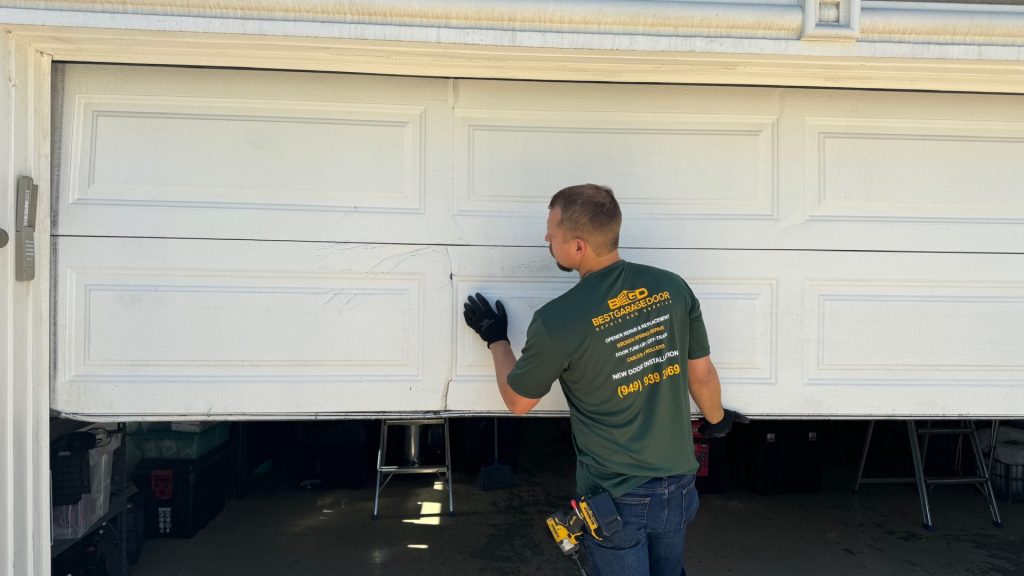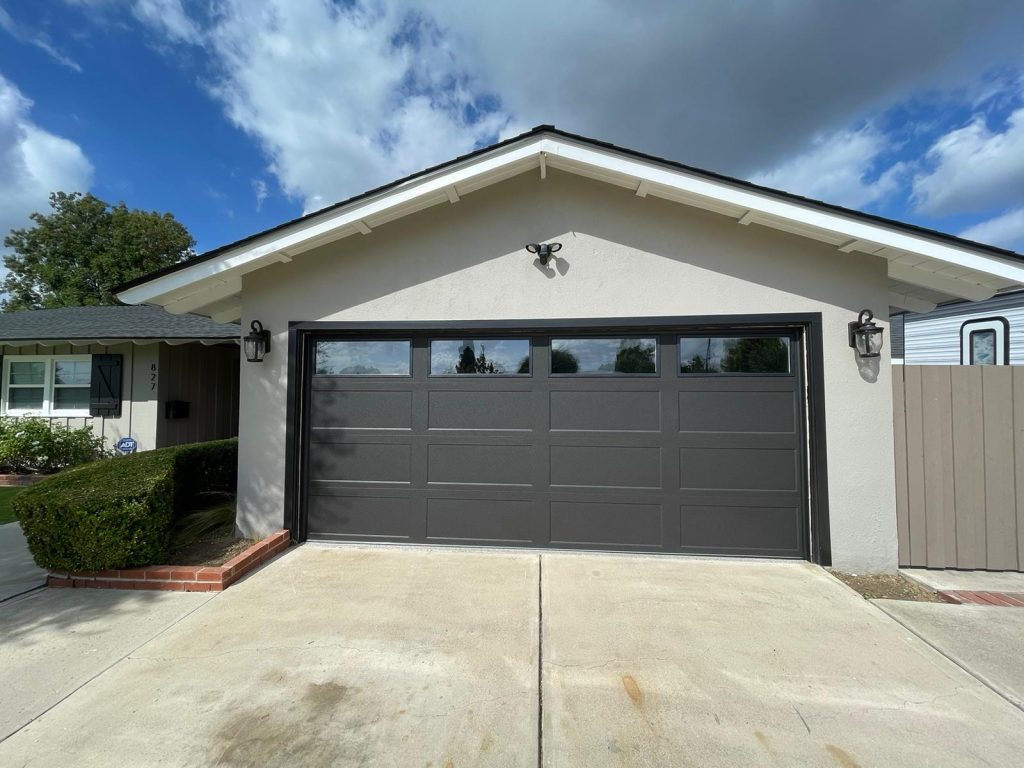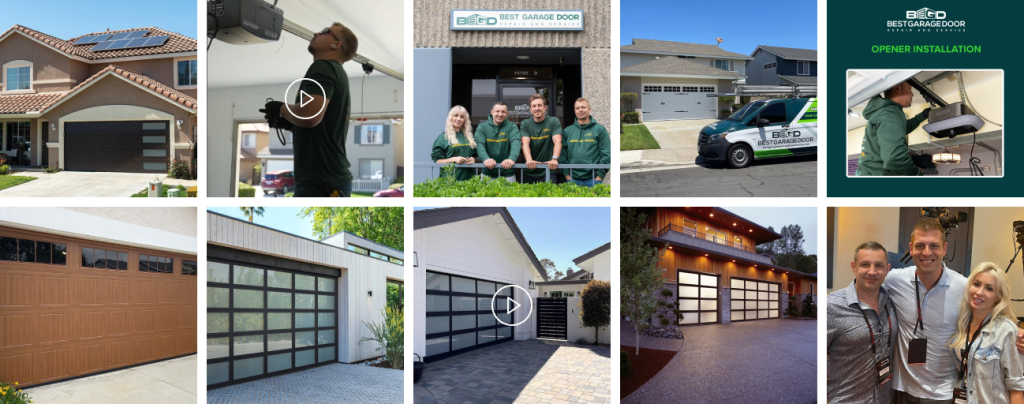Mastering the manual opening of your garage door is essential for ensuring safety and convenience, especially during power outages or when facing mechanical issues. This guide provides straightforward steps to operate your garage door without relying on automatic mechanisms, keeping your home accessible in any situation.

When you might need to open your garage door manually
Opening your garage door manually is essential in several scenarios. It ensures access and safety when technology fails. Let’s explore these situations.
Common scenarios
Power outages
A primary reason for manual operation arises during power outages. Whether due to storms or grid issues, a non-functional garage door opener requires reverting to manual lifting to access or secure your vehicle and home.
Garage door opener malfunctions
Over time, garage door openers can fail due to wear, mechanical issues, or sensor problems. Manual operation becomes a temporary but immediate solution, allowing access until repairs are done.
Emergencies
In emergencies, quick evacuation or access through your garage may be necessary. Manual operation ensures that your garage door can be opened without reliance on electrical systems, which might be compromised.
Knowing how to open your garage door manually is a valuable skill for homeowners. It offers a reliable fallback, from convenience disruptions to urgent emergencies.
Preparing to open your garage door manually

Preparation is crucial for manually opening your garage door safely and effectively. Here’s a concise guide on safety precautions and essential tools.
Safety precautions
- Door in the down position: Begin with the garage door closed to prevent it from crashing down during disconnection.
- Disconnect the automatic opener: Find the emergency release cord, usually marked by a red handle, and pull it to detach the door from the automatic system. This prevents unintended door movements.
Tools and materials needed
- Gloves: Wear gloves for hand protection and improved grip.
- Sturdy footwear: Choose shoes with good traction to avoid slips.
- Flashlight: For visibility in low light, have a flashlight handy.
- Lubricant (optional): Use a lubricant on the tracks and rollers if the door moves stiffly.
Step-by-step instructions to manually open your garage door
Manually opening your garage door is simple when you know the steps. Follow this concise guide to do it safely and efficiently.
Locating and engaging the manual release handle
- Find the manual release: Look for the red handle on a cord near the garage door’s center track. This is your manual release handle.
- Pull the handle: Firmly pull down and back to disengage the door from the automatic opener. Check by slightly moving the door to ensure it’s fully disengaged.
Lifting the door manually
- Get in position: Stand centered in front of the door, feet apart for stability.
- Lift the door: With both hands, raise the door from the lower edge or handles, maintaining a straight back and employing your leg strength for lifting.
- Stop if resistance is felt: If the door doesn’t move quickly, it may not be fully disengaged or could be malfunctioning.
Securing the door open
- Check for a built-in mechanism: Some doors have a mechanism to keep them open. If yours doesn’t, or you’re unsure, proceed to the next step.
- Prop It open: Use a sturdy object, like a ladder, under one side of the door for support. Make sure it’s stable before walking under the door.
- Safety first: Never leave the door unsupported and unattended.
Troubleshooting common problems

Encountering issues while manually operating your garage door can be frustrating. Here’s how to address some common problems efficiently.
The door won’t move
If the door is stuck, consider these checks:
- Locks: Verify no manual locks are engaged.
- Track obstructions: Inspect the tracks for debris or misalignments hindering door movement.
- Spring damage: Look for signs of broken springs, but don’t attempt repairs yourself – spring issues require a professional.
Re-engaging the automatic opener
- Ensure the door is closed: Start with the garage door closed for alignment.
- Engage the release handle: Pull the manual release handle towards the opener unit to re-engage the door to the automatic system.
- Operate the opener: Use the remote or wall switch to activate the opener, securing the door back onto the track. If it doesn’t catch, lift the door slightly.
- Test functionality: Run the opener to make sure the door moves smoothly. Suppose it doesn’t repeat the steps or check for issues.
Professional assistance for manual garage door issues
Specific garage door problems require the expertise of a professional to ensure safety and maintain the system’s integrity. Understanding the right time to enlist professional assistance can protect you from possible risks and prolong the lifespan of your garage door.
When to call a professional
- Spring Damage: Professionals should handle problems with torsion or extension springs due to high tension to avoid injury.
- Cable Issues: If cables are frayed or broken, professional repair is needed to prevent accidents, as these cables support a significant part of the door’s weight.
- Door Off Track: Realigning a door that’s come off its track is difficult and dangerous without the proper skills and tools.
- Persistent Problems: If manual operation or re-engagement issues persist after basic troubleshooting, deeper problems may require expert diagnosis.
- Electrical Faults: Electrical issues with the garage door opener, like wiring or sensor malfunctions, need professional attention to avoid electrical risks.
Conclusion
Understanding the right time to enlist professional assistance can protect you from possible risks and prolong the lifespan of your garage door. It empowers you to control your garage door’s functionality, even when technology fails.
Yet, understanding the importance of knowing when to enlist expert assistance remains paramount for both your safety and the long-term upkeep of the door. Complex issues, especially those involving springs, cables, or electrical components, require the expertise of a professional to resolve safely and effectively.
While manual operation is a valuable skill, the assistance of a professional ensures that your garage door remains a reliable safeguard for your home. Balancing DIY knowledge with professional support is critical to a well-maintained, secure garage door system.




